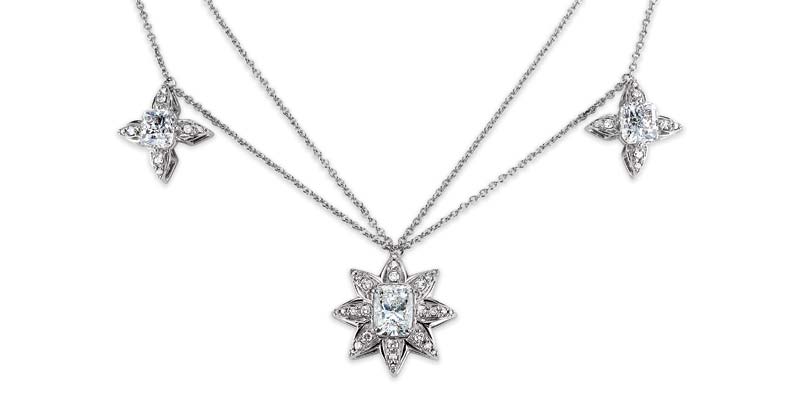By Diana Jarrett

Faced with a competitive market, today’s diamond merchants look to enhance the appeal of their goods and re-engage loyal clientele to add more sparklers to their collection.
A diamond is a colourless twinkling stone cut into different shapes, right? Sure, but there’s more to consider. As the industry evolves, this explanation has given way to an amalgam of science and marketing aimed at keeping the momentum robust for these carbon wonders.
The evolution of sparkle
Nearly 100 years ago, diamond cutters thought they’d hit the jackpot in perfecting a formula for reaching a diamond’s highest performance with Marcel Tolkowsky’s brilliant cut. It was yet another step in the evolution of diamond cutting. Prior to that, the 58-facet 19th-century old European cut was the liveliest round stone out there, while the 18th-century favoured old mine cuts with 58 facets and a square-ish girdle.
The modern round brilliant cut, produced mostly after the Second World War, took sparkle one step further. Today’s specimens sport a smaller to nearly non-existent culet, elongated lower-girdle facets, and a slightly larger table, increasing their brilliance.





